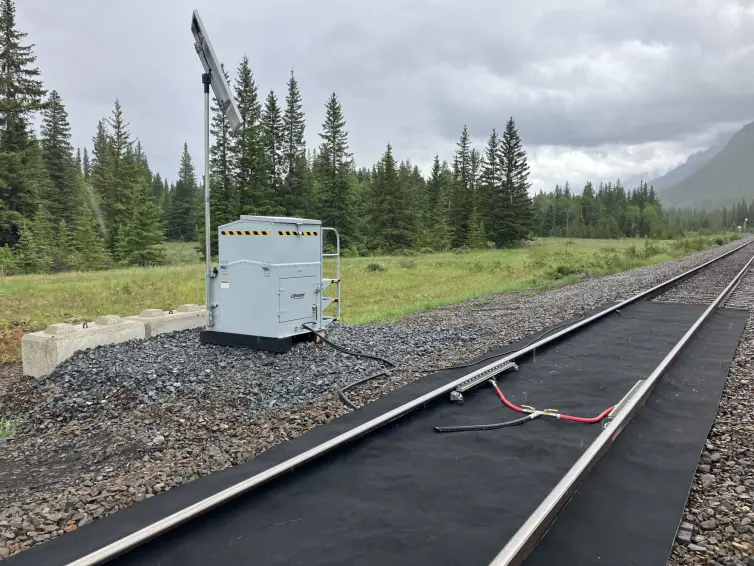Remote Performance Monitoring
- Oct 01, 2019
- Rail
L.B. Foster is leading the way, thanks to comprehensive research and in-field testing undertaken by our team of friction management experts at our global centre of excellence in Vancouver. Working closely with L.B. Foster’s software solutions team in the UK, we have created a new, sector-leading, data-driven monitoring solution that is now delivering on the promise of intelligent performance monitoring.
Remote Performance Monitoring 2.0 (RPM2.0) is part of our Anatomy suite of intelligent software solutions. RPM2.0 provides invaluable insight into the current status of customers’ friction management programs.
Joel VanderMarel, P.Eng., is L.B. Foster’s Global FM Product Manager – Trackside Solutions. He says: “RPM2.0 provides the capability to deep dive into the performance data nuances of each individual asset located in the field. It’s about implementing tools that allow you to predict the future state of your system, giving you the ability to know when your tank will run empty, so you can plan pre-emptive maintenance, optimizing future work cycles and preventing asset downtime."
“Currently, the market is dominated by solutions that deliver incoming data from systems. When you begin to manage a large number of assets it can become very resource intensive to sort through the data manually. This adds to the cost portion. Also, there’s the fundamental tenet of ‘if you don’t measure it, you can’t manage it’. So systems that aren’t actively measuring or calculating up-time aren’t giving you the tools needed to manage or maximize up-time.”
If you want to achieve the most from your friction management program, your systems need to operate at maximum up-time. Dispensers and applicators need to apply an optimized amount of product and you need to minimize the costs associated with running your overall friction management program.
Network Rail
In the UK, Network Rail sees the ability to ‘monitor’ its assets as an immediate cost-benefit. The main cost saving is the ability to track potential issues to avoid delays and disruption. According to Network Rail: “To date we have more than 12,000 assets live on the Intelligent Infrastructure system (points, track circuits, signal power supplies). The benefits so far have been 153,000 delay minutes avoided saving c£4.66m, with benefits expected to rise to c£14m per annum.
“As infrastructure owners, efficient and timely maintenance interventions are essential to ensure trains operate to the published timetable without delays or interruptions to service. The challenge, therefore, is being able to monitor key assets with real-time information.
The benefits of a successfully implemented and maintained friction management program include extended rail life, reduced track damaging forces, reduced rolling contact fatigue and improved fuel economy. VanderMarel concludes: “Introducing RPM2.0 to your friction management program means you can make informed decisions about your maintenance cycle, ensuring field assets perform at their best, protecting track and wheel wear.
“RPM2.0 is changing the way network owners and operators think. It is a major leap forward that promises improved return on investment, better performance and enhanced decision making.”



